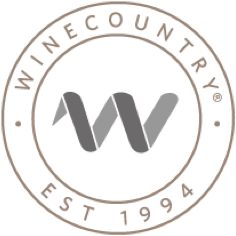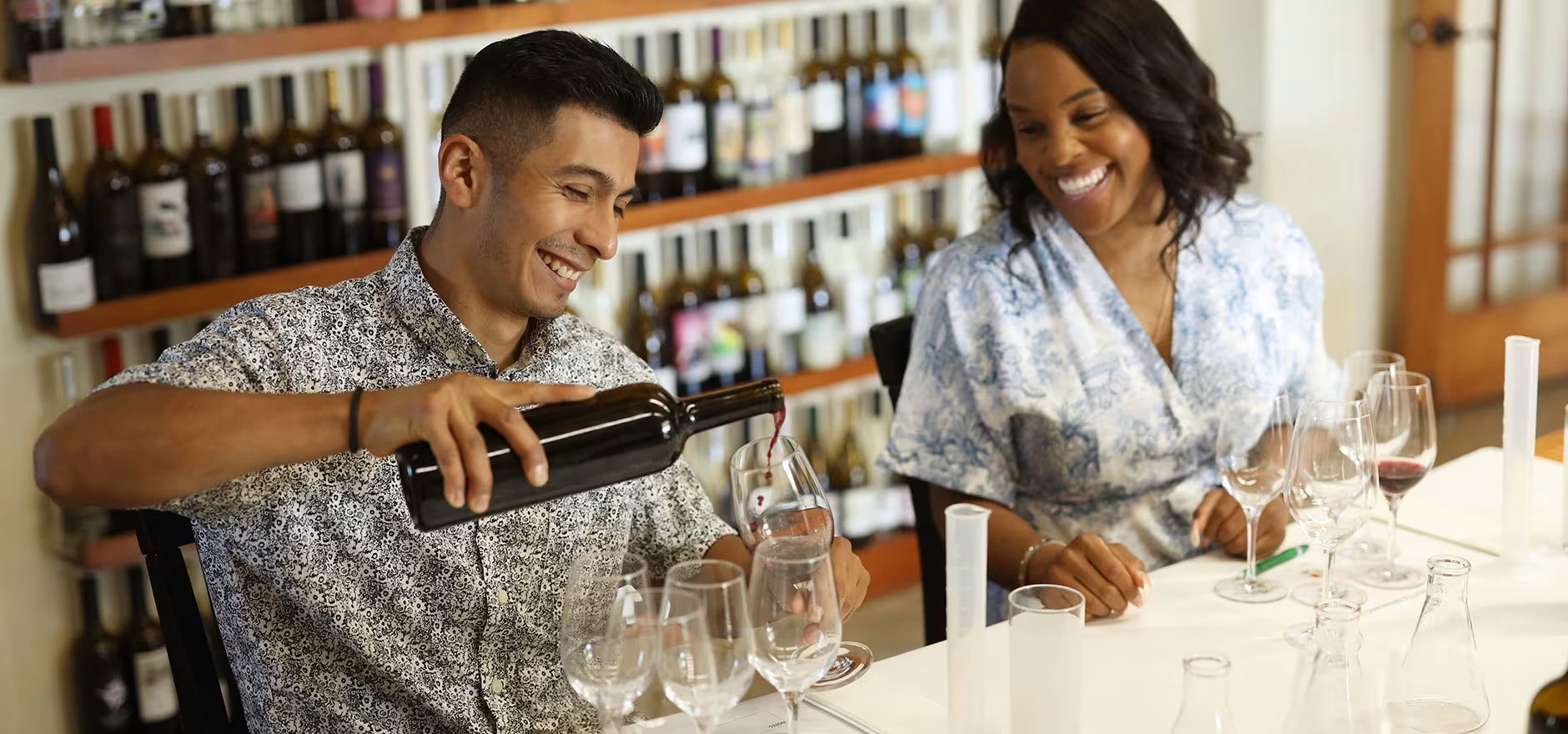Virginia is recognized as the birthplace of American wine, when early colonists first attempted making wine here in the early 17th century, but it wasn’t until the early 1980s that the industry began to gain traction. Today, Virginia is home to over 4,000 acres of vineyards, where grapes like Viognier, Cabernet Franc, Petit Verdot, and Norton have taken center stage. And just recently, Wine Enthusiast crowned Central Virginia’s Charlottesville area as the ‘Wine Region of the Year’ for 2023.
Thomas Jefferson—you know, that famous scholar, statesman, and third President of the United States—was one of the early believers in growing grapes in his home state of Virginia. A master gardener and wine connoisseur, his first foray into viticulture began in 1773, though his efforts to grow European varieties failed again and again due to pests, disease, and unfavorable weather. Luckily, the pioneering spirit of this region helped grapes persevere, and today’s winemakers and growers have learned to work with the region’s continental climate to find their sweet spot. The last decade, especially, has shown a huge increase in both the quantity and quality of Virginia wine.
There are over 300 wineries in Virginia, spread throughout eight different AVAs. One of the most visited is Northern Virginia’s Wine Country, aka “D.C.’s Wine Country,” which is only an hour outside the nation’s capital. With its bucolic country roads, picturesque rolling hills, and historic towns, it manages to feel worlds away. Here, you’ll find boutique wineries offering intimate experiences as well as larger, more design-forward estates, while about an hour further inland will land you in Central Virginia—home to the famed Monticello AVA—where a thriving wine scene is offered alongside history, culture, and quality cuisine. Regardless of where you visit, beauty and charm abound, as well as pick-your-own apple orchards, historical sites, and photo-worthy landscapes.
Fun Fact: Norton, America’s oldest wine grape, was born in Virginia.
Don’t Miss: Cider tasting
Wine tasting experiences may lure visitors to Virginia Wine Country, but don’t overlook sampling some cider, too. There are over 20 cideries across the state producing some delicious ciders worth stopping in for.





















